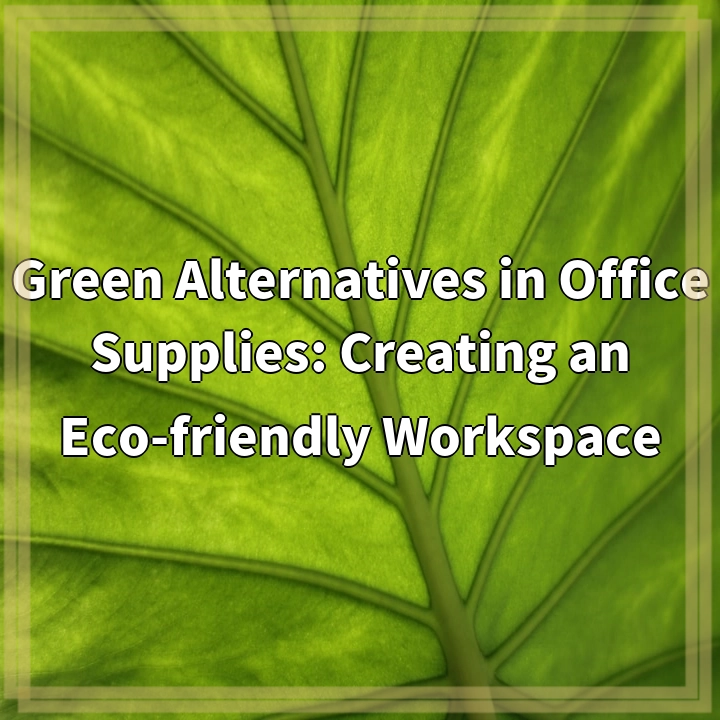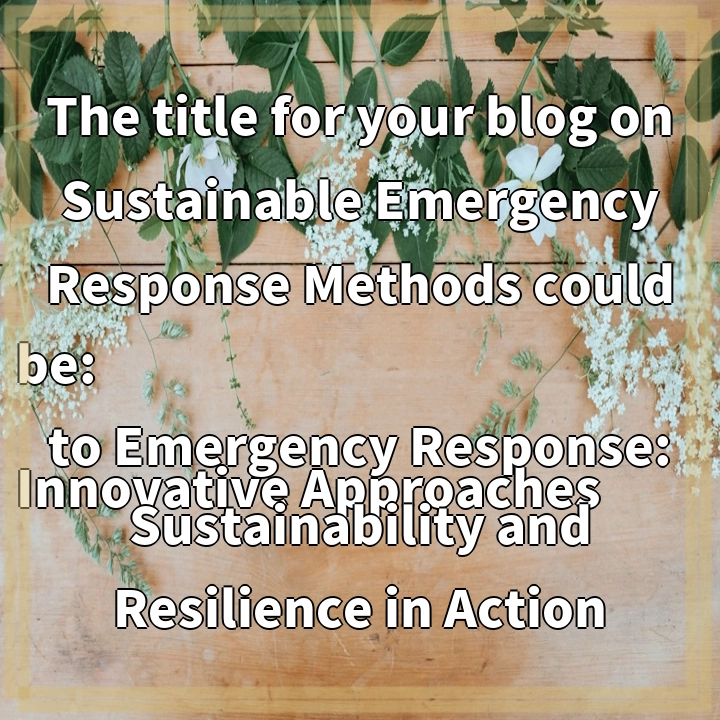
What it is:
Creating an eco-friendly workspace is a concept that involves integrating sustainable practices and using green alternatives in office supplies. It is about making conscious choices to reduce the environmental impact of daily office operations. By adopting eco-friendly office supplies, businesses can minimize waste, conserve resources, reduce carbon emissions, and promote a healthier work environment.
Real-World Problems:
There are several real-world problems associated with traditional office supplies and practices that highlight the need for green alternatives:
1. Excessive Resource Consumption:
Traditional office supplies often contribute to excessive resource consumption. Paper is a prime example. The production of paper involves the consumption of large amounts of water, energy, and trees. Additionally, the disposal of paper waste adds to deforestation and landfill problems.
2. Harmful Chemicals:
Many conventional office supplies contain harmful chemicals that pose risks to human health and the environment. Printer inks, adhesives, and cleaning products often contain volatile organic compounds (VOCs) and other toxic substances. These chemicals can contribute to air pollution and may have long-term health effects on employees.
3. Waste Generation:
Traditional office supplies are often designed to be single-use or have a short lifespan, leading to high waste generation. This can include disposable pens, plastic file folders, and non-recyclable packaging materials. Improper disposal of these items can result in landfill overcrowding and contribute to pollution.
4. Energy Consumption:
Certain office supplies, such as energy-consuming printers and electronic devices, contribute to high energy consumption. This not only increases office operations’ carbon footprint but also adds to energy costs for businesses.
5. Lack of Recycling Programs:
Many office supplies do not come with proper recycling instructions or are not easily recyclable. This leads to a lack of recycling programs and results in valuable resources being wasted.
To address these real-world problems, businesses should consider adopting green alternatives in office supplies. By using recycled paper, energy-efficient electronics, non-toxic inks, and reusable or biodegradable materials, companies can significantly reduce their environmental impact while creating a more sustainable and eco-friendly workspace.

Solutions for Creating an Eco-friendly Workspace:
To tackle the real-world problems associated with traditional office supplies, businesses can implement the following solutions:
1. Opt for Recycled and Sustainable Materials:
Choose office supplies made from recycled materials, such as paper, file folders, and packaging. Look for certifications like FSC (Forest Stewardship Council) to ensure sustainable sourcing. Use eco-friendly and biodegradable materials such as bamboo, cork, or recycled plastics for office furniture and accessories.
2. Embrace Digitalization and Paperless Practices:
Reduce paper usage by embracing digital tools and technologies. Encourage employees to utilize electronic documents, email, and cloud storage systems instead of printing excessively. Implement digital workflows and collaborative platforms to minimize the need for physical paperwork.
3. Choose Non-toxic and Environmentally-friendly Inks:
Opt for soy-based or vegetable-based inks for printing needs. These inks are less harmful to the environment and emit fewer VOCs. Prioritize printing only when necessary, and encourage double-sided printing to further reduce ink and paper usage.
4. Implement Recycling Programs:
Establish proper recycling programs within the office to ensure the responsible disposal of paper, plastics, ink cartridges, and electronic devices. Provide clearly marked recycling bins and educate employees on the importance of recycling. Partner with local recycling facilities or e-waste management companies to properly handle and recycle these materials.
5. Encourage Energy Efficiency:
Invest in energy-efficient office equipment and appliances, such as Energy Star-certified computers and printers. Activate power-saving settings on devices and encourage employees to shut down or put electronics into sleep mode when not in use. Use natural lighting when possible and switch to LED or energy-efficient light bulbs.
6. Foster Employee Engagement and Education:
Raise awareness among employees about the importance of eco-friendly practices in the workplace. Provide training sessions, workshops, or educational materials on sustainable office practices. Encourage employees to suggest and participate in green initiatives, such as carpooling, using reusable water bottles, or organizing community clean-up events.
By implementing these solutions, businesses can create an eco-friendly workspace that not only minimizes environmental impact but also promotes a healthier and more sustainable work environment.















